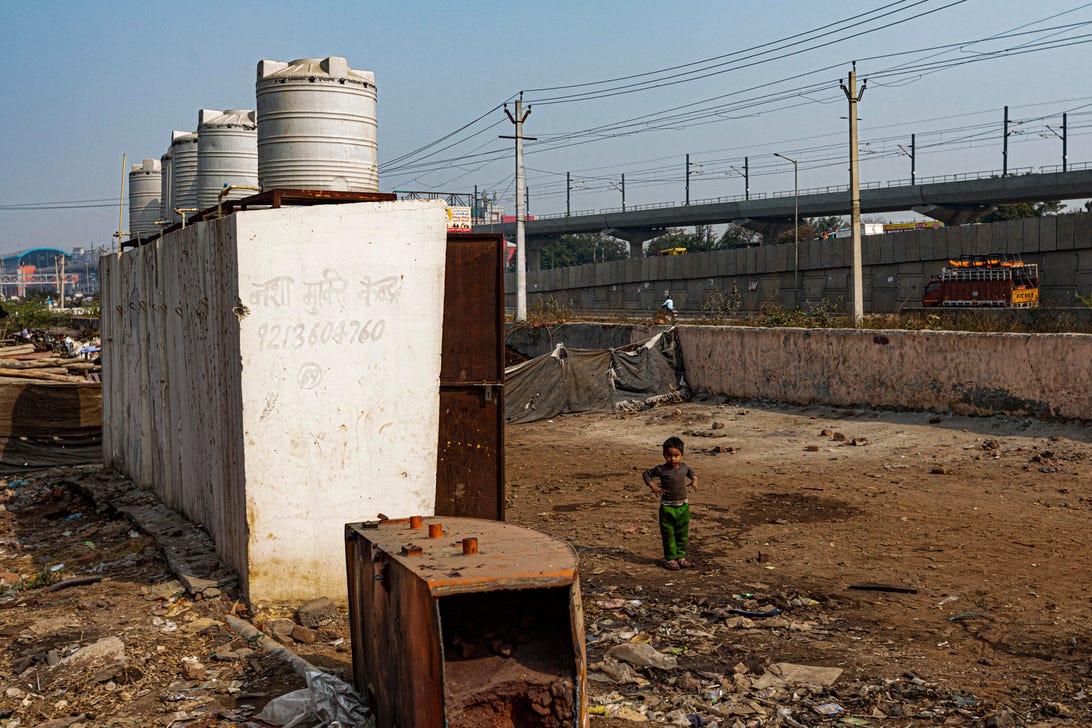.
Over time you can get people to believe anything. 82% of Egyptian Muslims believe you should be stoned to death for adultery, per Pew Poll.
9/23/2015, “Conservatism Can No Longer Cohabit With Nihilistic Neoliberalism," Gerald Warner, Breitbart
 “It was the iconic love match of the 1980s. Ronald Reagan was best man and Margaret Thatcher matron of honour when conservatism embraced neo-liberalism at the start of a relationship that seemed destined to conquer the hearts of the developed world.
“It was the iconic love match of the 1980s. Ronald Reagan was best man and Margaret Thatcher matron of honour when conservatism embraced neo-liberalism at the start of a relationship that seemed destined to conquer the hearts of the developed world.
Then the Berlin Wall came down and rust-bucket Marxism fell into the dustbin of history, removing a once-feared rival to the newlyweds.
The honeymoon was lengthy and passionate; the marriage prospered and produced many offspring. But when some of the progeny grew into their teens, as not uncommonly happens, they became a liability. The most delinquent were Globalisation, Free Movement of Labour, Over-Mighty Corporations and Crony Capitalism. Conservatism found it had made a largely incompatible marriage, so now the unhappy couple are heading for the divorce court.
That is the plain truth of the matter: we have reached a point where everything that conservatives value is threatened less by Corbynista neo-Marxism than by rampant neo-liberalism. Is anyone certain, any more, what “neo-liberalism” means? In the 1980s it was shorthand for a worldview that looked to the freeing up of enterprise and the rolling back of the state to make people prosperous. Conservatives could go along with that: the enlargement of the role of the state had been the consequence of post-War Marxist hard totalitarianism in Eastern Europe and social democratic soft totalitarianism in the West.
Liberation from those straitjackets was a universal conservative aspiration, so it was natural for conservatism to find economic neo-liberalism congenial and adopt it as an instrument of wealth creation. The fact that this alliance was first implemented, with spectacular success, in Chile under Augusto Pinochet testifies to the initial compatibility of neo-liberalism with conservative objectives.
The inbuilt incompatibility, however, resided in the fact that neo-liberalism spilled over from the economic arena into the political, social and cultural zones. At the same time, so far from shrinking, the state expanded its role into more and more areas of life. Yes, it privatised utilities, but it quickly compensated for this by intruding into every other sphere of its citizens’ existence. Where was the gain in privatising railways, water or electricity, when children have been nationalised, subjected to state-sponsored sexualisation and brainwashing, with their parents sidelined?
Governments embarked on neo-Marxist projects of social engineering, enforcing political correctness and abolishing free speech. They coercively reconfigured their countries’ demography by imposing mass immigration, against the known wishes of the majority of the population. They even presumed to redefine marriage.
Neo-liberalism comfortably accommodated itself to this encroachment of tyranny, encouraging mass immigration as a source of cheap labour, to enhance profits. But it was not a joined-up response. No thought was given to the strain on hospitals, schools, housing, or to the fact that immigrants, seen as the solution to an ageing population, themselves grow old and consume welfare resources. The quarterly bottom line was the limited horizon of neo-liberal free-marketeers.
Above all, neo-liberals have shown no regard for cultural priorities. National identity and the broader culture of Christian Europe are to be discarded, true community identity replaced by a rootless individualism whose only enduring relationship is with technology. The family is despised, fiscally oppressed and treated with contempt. Conservatism can no longer cohabit with this nihilist, deracinated force that is already inflicting more damage on Western civilisation than communism ever achieved.
Neo-liberalism is not even true to its own tenets. It has long departed from the principles of Hayek, with his respect for tradition, and degenerated into crony capitalism and complicity with the intruder state. Conservatives urgently need to cut loose. The immediate battleground is the immigration crisis swamping– yes, that is the word, the only one that adequately describes the character of the threat – Europe and Britain.
There are now 6,000 incomers per day landing in Europe and the rate is accelerating. Neo-liberals gaze approvingly on this influx, seeing only a cheap labour source, disregarding the fact that the overwhelming majority is unskilled, unfit or unwilling to work. Not a problem: the welfare state (i.e. taxpayers) will take care of them while business cherry-picks a labour force from their ranks. Quarterly results will improve and shareholders’ dividends increase.
While nations shunt immigrants around the continent, at endless EU summits politicians try to reallocate the burden, exchanging recriminations and trying to dictate to countries the numbers they must accept. The one solution that is never canvassed is the only one that will work: expulsion from Europe of these unwanted economic migrants. Where are the Syrian Christians? Afraid to enter refugee camps for fear of being murdered by jihadists, thrown overboard from migrant boats by their religious enemies, or already dead: anywhere except among this invading force that is overrunning Europe while our effete governments wring their hands and urge ever more help for those who are annihilating our culture.
Sometimes even economic growth must take second place to cultural, social and religious priorities. That is the case now. What has conservatism actually conserved in recent decades? If it is to improve on that abysmal record it must break with multinational, multicultural, blindly materialist neo-liberalism and return to the defence of the fundamental identity of nation states, and pre-eminently Britain.”…image above, getty
...............























